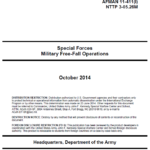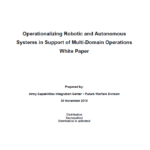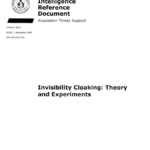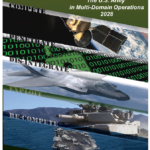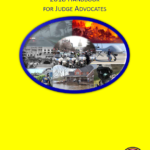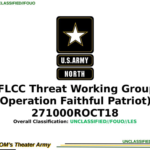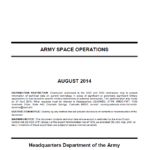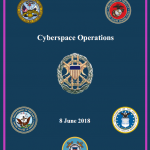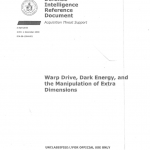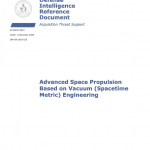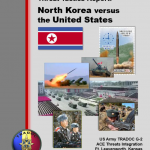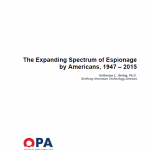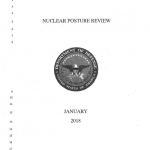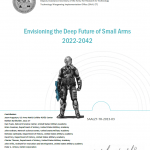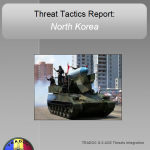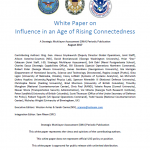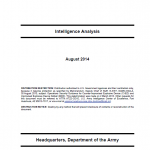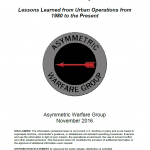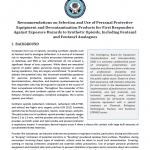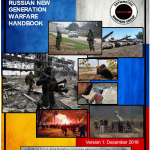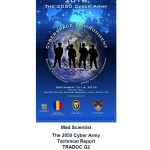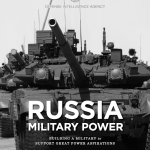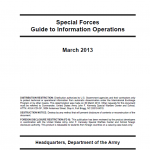
This TC serves as a guide to describe the fundamentals of how to incorporate IO at the tactical and operational level. Appendixes A through F offer tactics, techniques, and procedures (TTP) Special Forces (SF) Soldiers can use to analyze and plan information operations. This TC implements Army and joint IO doctrine established in FM 3-13, Inform and Influence Activities, and Joint Publication (JP) 3-13, Information Operations. This TC reinforces the definition of IO used by Army forces: IO employs the core capabilities of electronic warfare (EW), computer network operations (CNO), Military Information Support operations (MISO), military deception (MILDEC), and operations security (OPSEC), in concert with specified supporting and related capabilities, to affect or defend information and information systems and to influence decisionmaking. This TC is specifically targeted for SF; however, it is also useful to Army special operations forces (ARSOF) and the Army in understanding how SF employs IO.
Read more →
